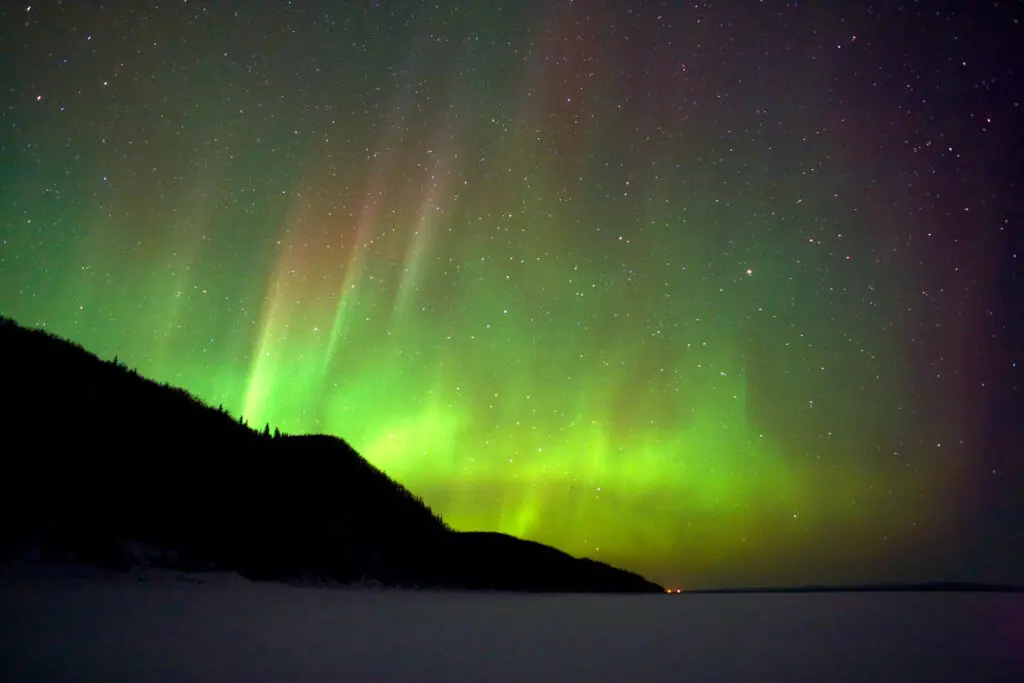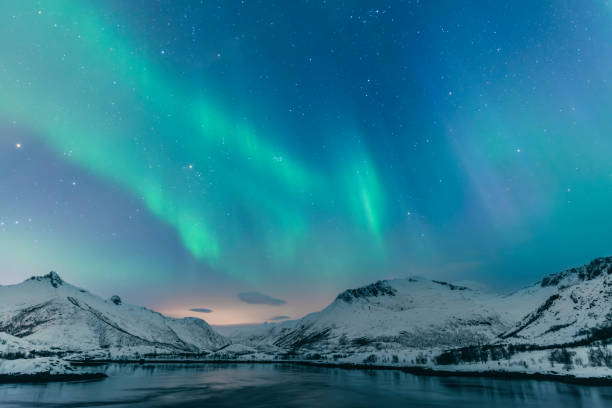Few natural phenomena capture the imagination quite like the Northern Lights, also known as the Aurora Borealis. This breathtaking spectacle, which paints the night sky with swirls of vibrant colors, has been a source of wonder and awe for centuries. If you ever have the chance to witness the Northern Lights, it is truly a sight to behold — and one that is well worth experiencing at least once in your lifetime.
What Causes the Northern Lights?
The Northern Lights occur when charged particles from the sun collide with gases in Earth’s atmosphere. These collisions result in vivid bursts of light that fill the sky with brilliant hues, ranging from green, purple, pink, and even red. The colors depend on the type of gas involved in the interaction. For example, oxygen produces green and red light, while nitrogen creates blue and purple tones.
This spectacular display is typically seen in areas close to the magnetic poles, such as northern parts of Canada, Norway, Sweden, Iceland, and Alaska. The Aurora Borealis is most visible during the winter months, when the nights are long and dark, providing the perfect backdrop for this celestial dance.

Best Times and Places to See the Northern Lights
Timing and location are key when it comes to viewing the Northern Lights. The best time to catch them is during winter or early spring, from September to March. During these months, the dark skies of the polar regions give you the best chance to witness the phenomenon in all its glory.
For optimal viewing, consider visiting renowned locations like:
- Tromsø, Norway – Often referred to as the gateway to the Arctic, Tromsø is a popular destination for those seeking clear skies and a great view of the Aurora.
- Yellowknife, Canada – Known as the Northern Lights capital of North America, this small town in Canada’s Northwest Territories offers incredible opportunities to see the lights.
- Fairbanks, Alaska – With its unique geographic position, Fairbanks is one of the most reliable places in the U.S. to catch the Northern Lights.
Be sure to monitor Aurora forecasts, which track solar activity, giving you a good idea of when the Northern Lights are likely to appear.

The Mythology Behind the Northern Lights
Throughout history, the Northern Lights have inspired countless legends and myths. The Inuit believed the lights were spirits of the dead, playing a celestial game of football, while Scandinavian folklore suggested that the lights were caused by reflections of the Valkyries’ armor as they led fallen warriors to Valhalla. Each culture’s interpretation adds a layer of mystery and magic to this already otherworldly phenomenon.
How to Photograph the Northern Lights
Capturing the Northern Lights on camera is a rewarding experience, but it requires a bit of planning. A DSLR or mirrorless camera, combined with a wide-angle lens, works best. Use a tripod to stabilize the camera and keep the shutter open for several seconds to capture the light in its full glory. Don’t forget to adjust your ISO settings to enhance the brightness of the lights without overexposing the photo.
Whether you’re photographing the lights or simply taking in the awe-inspiring view, the experience of watching the Northern Lights unfold above you is unforgettable.
Final Thoughts
The Northern Lights are more than just a beautiful natural phenomenon — they are a testament to the wonders of our universe. For anyone with a love of nature or a sense of adventure, witnessing the Aurora Borealis is a bucket-list experience. From the science behind their creation to the myths they’ve inspired, the Northern Lights remind us of the beauty and mystery that exists in the world around us.

